Have been working on this idea for quite sometime. I have seen/read a lot about how this is done and finally it’s time to capture the moments.
If you don’t care much about how and what was used to create these shots, scroll down straight to the pictures.
After i bought the Arduino UNO board(pronounced Ar-dwee-no) to build my DIY motorized dolly(which is mostly successful but i would say that project is still WIP till i could achieve motion in my timelapses), it didn’t take me long to realize the other possibilities it offered. Programming Arduino is only limited by one’s imagination. I created a simple Sound trigger that could trigger my 580 ExII.
In simple words, input to the Arduino board is the sound event(here, it’s the bursting balloon) and output is sent to flash. The Trigger Output cable is a flash shoe with spliced cables at the other end. Arduino helps setting the delay in milli seconds after the balloon burst which the flash should be fired. Setting the delay is a most wanted feature in high speed photography as there is a very slight delay between the sound event and the actual event happening, which is in milliseconds.
Did some research online and built a circuit on a breadboard with components which mostly doesn’t cost more than $1(thanks to the friends from Hongkong) and here is the circuit.
I used two Canon 580 EX II at 4’O Clock and 7’O Clock. Lighting setup here . One setup as master and the other as slave, at 1/64th power. Black back drop(used black card board), a lot of balloons and a dry cloth. To make the balloons burst, I used a home made blowgun and which did work well for certain shots but aiming in the dark wasn’t mostly working well. So, i finally decided to manually pop the balloons.
I know the question that you are gonna ask, “Wait a sec… It’s high speed photography and shouldn’t you be triggering your camera?”. Well, you aren’t the only one with this question. The answer isn’t complicated though, while capturing events like this, triggering the camera won’t help because of a factor called ‘Shutter lag’ which is the delay between triggering the shutter and when the photograph is actually recorded. Even though this is less than 1ms mostly, this is really crucial in case of shooting events like this(more to add, shooting lighting, etc..)
So to overcome this, the photos are shot in long exposure. I had the shutter speed at 3-4 seconds(with aperture at f8 to f10 and ISO 100-200) and the room is made sure to be dark and only the event illuminated by flash burst is recorded on the sensor. I had snoots on both the flashes to prevent light spilling on the background.
The whole shoot was done in my bathroom’s tub. well… where else is the place to careless about water bursting all over place(!).
Gear Used: Canon 5D Mark II, Canon EF 100mm f2.8 L, Two Canon 580 EX II. Software: Adobe LR 3.
Here are the shots…


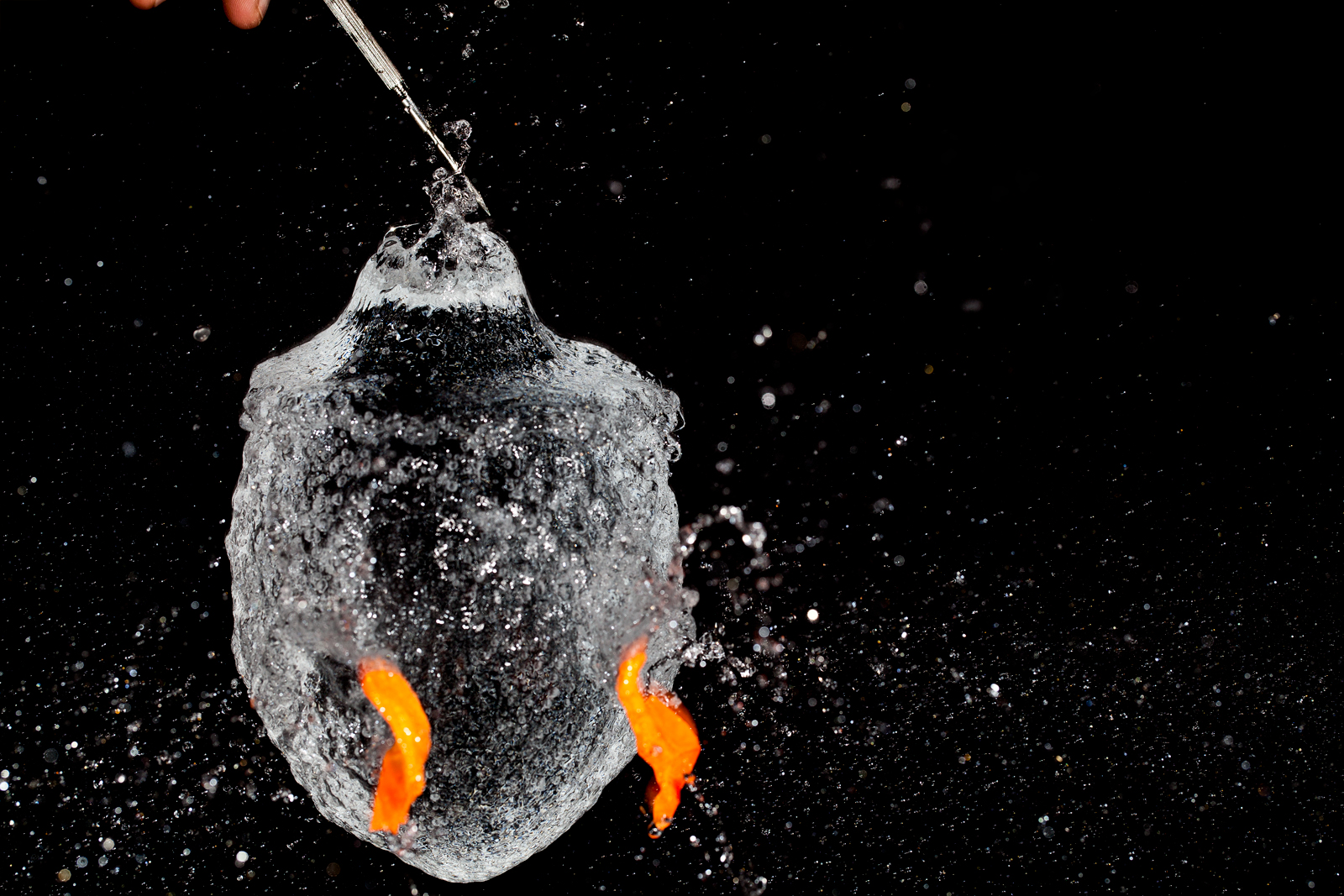
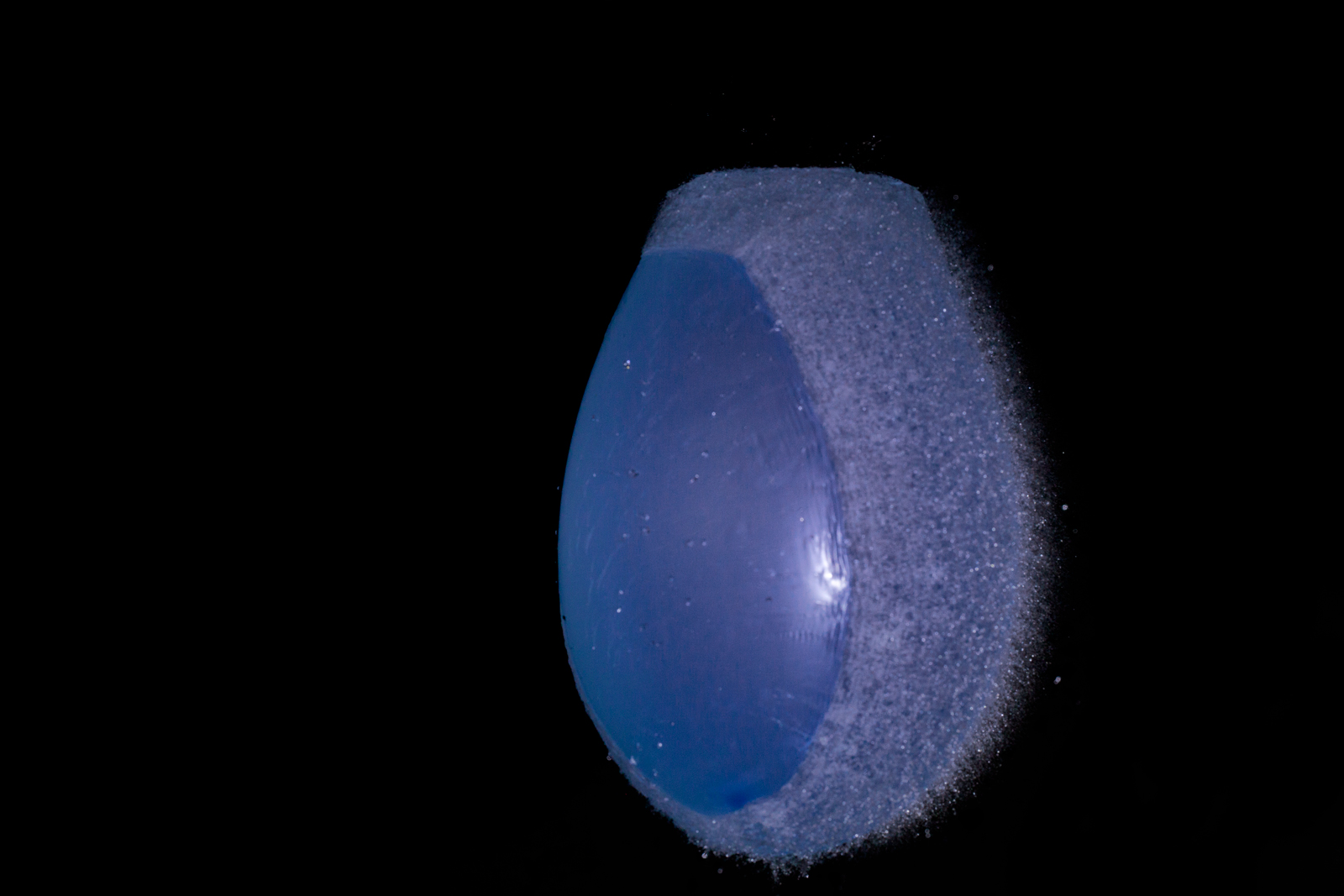
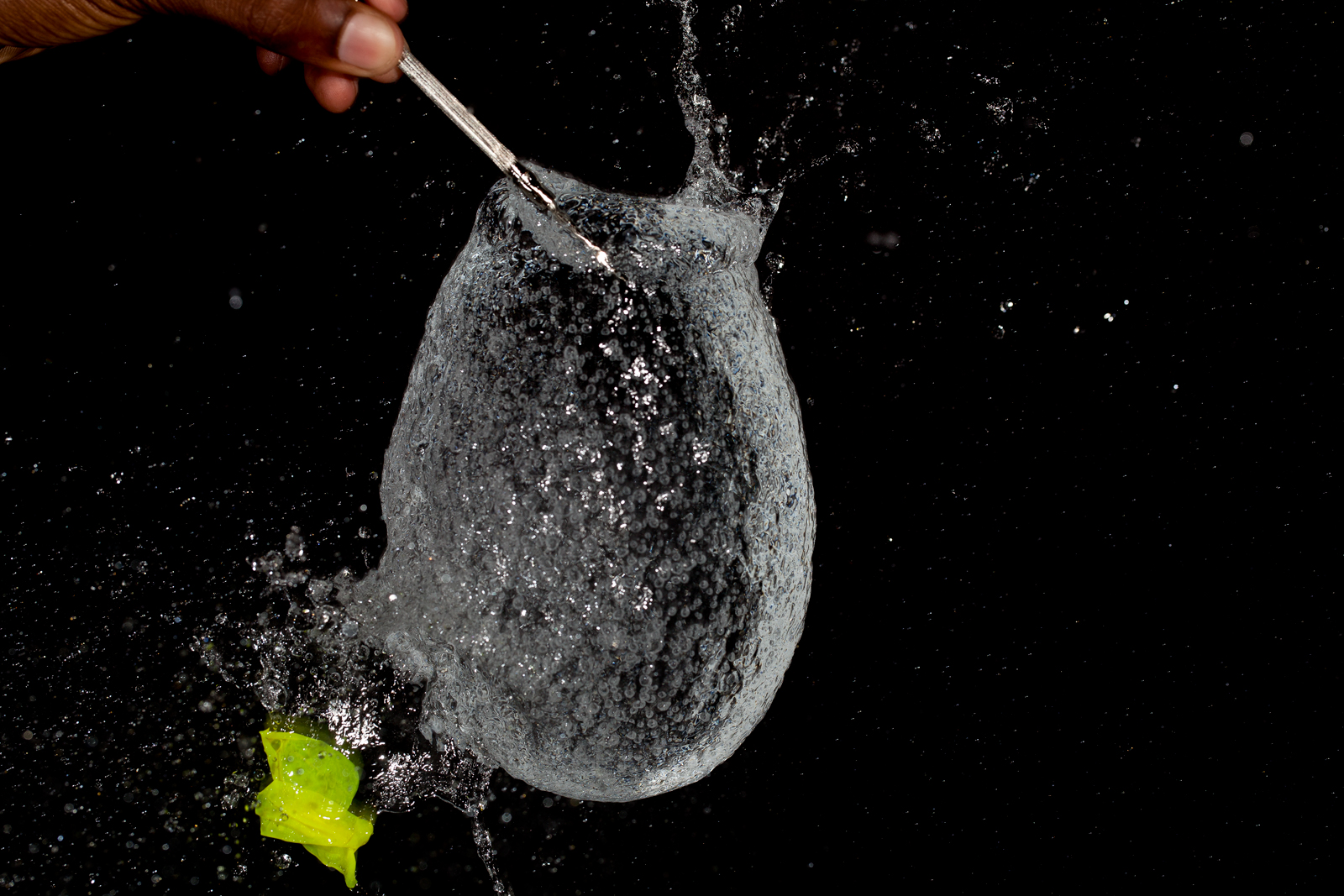
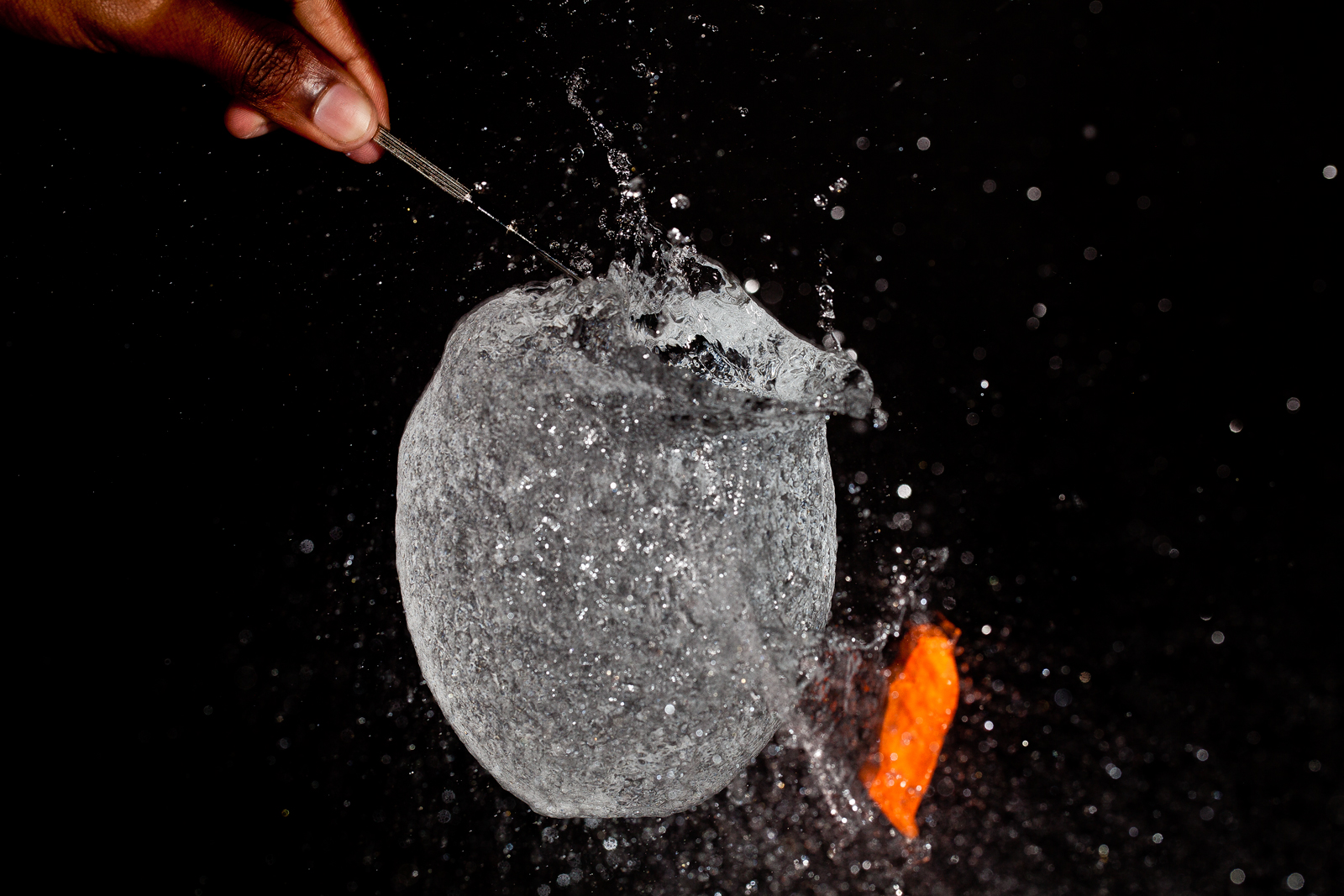
Thanks for stopping by… 🙂

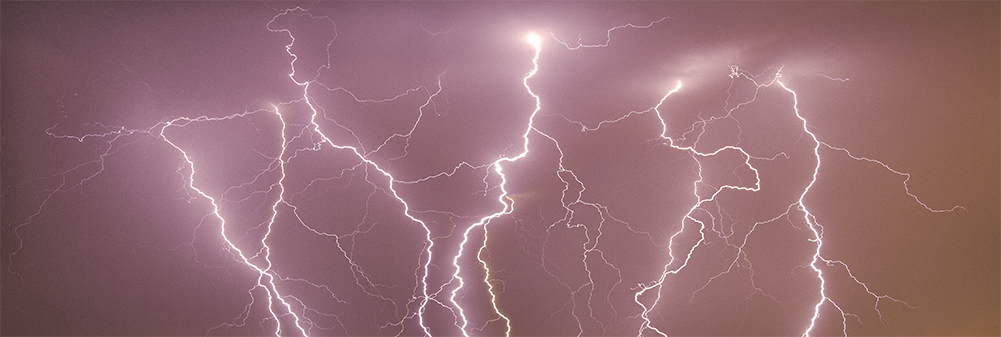


1 comment